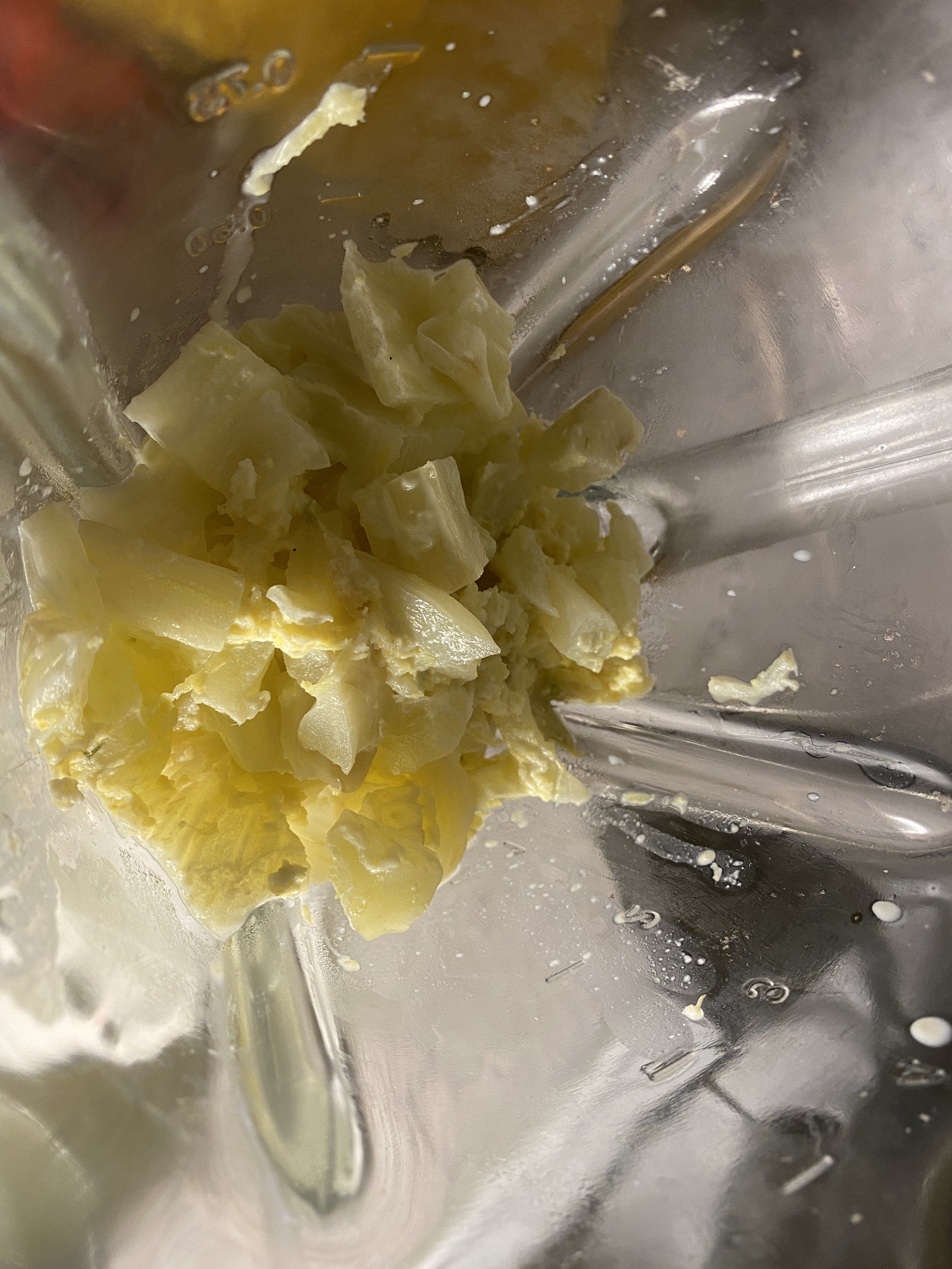Root-to-Stem: Fennel
Fennel, or any plant, is comprised of many of these parts: roots, stems, leaves, fruit, flowers, seeds, etc.
Often, only one part of the plant is eaten, while the other parts end up discarded. This is how we cook & consume plants today. For example, we eat carrots and potatoes for their roots, lettuce and bok choy for their leaves, and zucchinis and tomatoes for their fruit.
While some of this phenomenon might be attributed to taste, I believe that another significant reason is that we as consumers and home cooks have only been taught how to cook with for example, carrot roots, but not carrot leaves. In other words, we have been conditioned, by recipe books, restaurant menus and grocery store shelves, that only certain parts of a vegetable are “edible” or “delicious”.
Yes, part of “using all parts of the plant” is about the waste that it would otherwise create — all the energy, water, and fertilizer that went into growing the entire plant to only have a small part of it be consumed… But the other part, the exciting part, is that we have the opportunity to discover flavors, textures, and aromas from these “new” plant parts that were not previously familiar to our cooking repertoire. Isn’t that what being a “chef” is all about?
Today, I want to share a dish that celebrates the many parts of fennel. With pork and potatoes “on the side”.
Here’s the game plan for each part of fennel, pictured above from bottom to top:
Bulb —> Sous-Vide as vegetable
Stalk —> Peel and make into puree
Fronds —> 1) Make into juice for sous-vide
—> 2) Serve as garnish
Seeds —> Include in marinade of pork
General Guidelines for Cooking*:
* I don’t give exact recipes for posts in the “Experiments and Concepts” section, as the main focus is on the idea itself, rather than the exact execution.
For Pork Roast
1. Marinate the pork shoulder roast with a dry rub consisting of garlic, thyme, fennel seeds, red pepper flakes, black pepper, parsley, bay leaves, and salt.
2. Put into a conventional oven / a dutch oven, depending on the size of the roast, generally from 3 - 5 hours. The best way to determine whether the roast is done or not is to use a thermometer to measure internal temperature.
3. When there is 1 hour left, put in the potatoes to roast, to cook together - ideally, position the potatoes so that they can soak in the flavor from the pork fat.
4. Optional: once the pork roast is done, for extra texture & tenderness, you could cut the roast into 1/2 inch slices and sear them in the pan to get that slightly crispy outer texture.
For Sous-Vide
1. Combine fennel fronds and olive oil in a blender. Blend until smooth & strain out any solid bits.
2. Cut fennel bulb into thin slices.
3. Put the fennel bulb and the fennel frond-infused oil inside a sous vide bag, cook until tender
The frond-infused oil should give the fennel bulbs a more concentrated flavor.
You can honestly assemble this into a meal once all of this was ready & you are hungry, like I was… so I put this little plate below together, before making the puree & the full version.
For the Puree
1. Peel & cut the fennel stalks, as well as cut any “scraps” remaining from the bulb that wasn’t “shape-ly” enough to go into the sous vide
2. In a small pot, combine whole fat milk, lemon rind, and the fennel parts — simmer until soft.
3. Blend in blender & put it through a sieve.
4. Plate.














